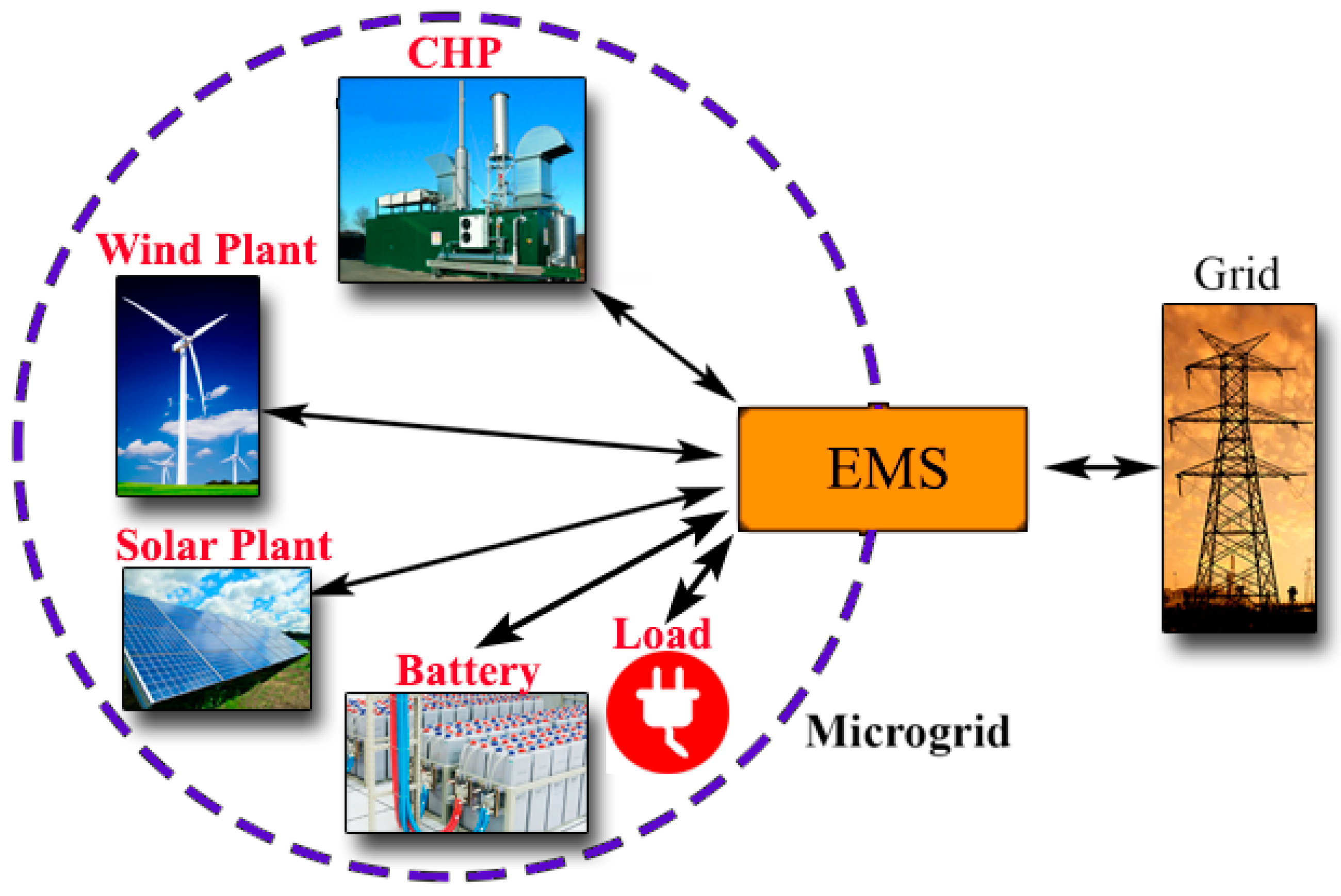
Introduction
Intermittency and grid integration are crucial factors to consider in the context of renewable energy sources. The stability and reliability of the electrical grid system heavily rely on effectively addressing intermittency and integrating intermittent energy sources. This article delves into the historical background, key concepts and definitions, main discussion points, case studies/examples, current trends/developments, challenges/controversies, future outlook, and concludes with a summary of key points discussed.
Historical Background
The electrical grid system has evolved significantly over time. Initially, it primarily relied on centralized fossil fuel power plants to generate electricity. However, with advancements in renewable energy technologies, there has been a gradual integration of these sources into the grid. This integration has presented various challenges, particularly in managing intermittent energy sources such as solar and wind.
Key Concepts and Definitions
Intermittency refers to the irregular and unpredictable nature of renewable energy generation. It is caused by factors like weather conditions and natural variability. Solar and wind energy, two prominent intermittent energy sources, are characterized by fluctuations in output due to changes in sunlight availability or wind speed. These fluctuations pose challenges for grid stability and reliability.
Grid integration involves the seamless integration of intermittent energy sources into the electrical grid. The objectives of grid integration include optimizing the utilization of renewable energy, ensuring grid stability, and providing reliable electricity supply. Various strategies and technologies, such as advanced control systems and smart grids, are employed to achieve effective grid integration. Another critical aspect of grid integration is the role of energy storage systems in storing excess energy during periods of high generation and releasing it during low generation or high demand.
Main Discussion Points
Grid Flexibility and Demand Response play key roles in managing intermittent energy sources. Grid flexibility refers to the ability of the grid system to accommodate the fluctuations in renewable energy generation. It is essential to have a flexible grid system that can adjust to changes in supply and demand in real-time. Demand response programs enable consumers to adjust their electricity consumption based on the availability of renewable energy. Technologies like smart grids and advanced control systems facilitate grid flexibility.
Energy Storage Solutions are crucial in mitigating intermittency challenges. Different energy storage technologies, such as batteries, pumped hydro, and compressed air energy storage, are utilized to store excess energy and release it when needed. These technologies bridge the gap between intermittent energy generation and demand, enhancing grid stability and reliability. Several case studies highlight successful implementation of energy storage for grid integration, showcasing its effectiveness in addressing intermittency.
Grid Planning and Infrastructure Upgrades are necessary to accommodate increased renewable energy generation. As the share of renewable energy in the grid increases, there is a need for grid expansion and upgrades. This includes integrating advanced monitoring and control systems to efficiently manage the grid. Several regions have already initiated grid planning initiatives and made investments to ensure seamless integration of renewable energy sources.
Case Studies or Examples
Successful grid integration projects from different countries or regions serve as valuable examples. These projects demonstrate the feasibility and effectiveness of integrating renewable energy into the grid. Additionally, case studies highlighting the role of energy storage in addressing intermittency challenges provide insights into the practical applications of energy storage technologies.
Current Trends or Developments
Recent advancements in renewable energy technologies have paved the way for more efficient and cost-effective solutions. Integration of artificial intelligence and machine learning in grid management enhances the ability to forecast and balance energy supply and demand. Ongoing research provides valuable findings on grid integration strategies and their effectiveness, further improving the reliability and stability of renewable energy integration.
Challenges or Controversies
Concerns over the cost-effectiveness of energy storage solutions remain a challenge. The initial capital costs of implementing energy storage technologies can be significant, although costs have been decreasing over time. Additionally, grid infrastructure limitations and the need for significant investments pose challenges to the widespread integration of renewable energy sources. Controversies surrounding the impact of intermittent energy sources on grid reliability also exist, with some questioning their ability to provide a stable and consistent electricity supply.
Future Outlook
The future of grid integration and intermittent energy sources looks promising. Potential advancements in energy storage technologies, such as improved battery technologies and emerging storage options, will contribute to a more reliable and efficient grid. Integration of renewable energy at larger scales will further impact grid operations, necessitating enhanced grid management strategies. Emerging trends and policies in grid management and renewable energy integration will shape the future of a sustainable and reliable energy system.
Conclusion
Addressing intermittency and grid integration is paramount for achieving a sustainable and reliable energy system. The historical background, key concepts, main discussion points, case studies/examples, current trends/developments, challenges/controversies, and future outlook highlight the importance of managing intermittent energy sources and effectively integrating them into the electrical grid. By understanding and implementing appropriate strategies and technologies, the stability and reliability of the grid can be ensured, ultimately leading to a sustainable energy future.